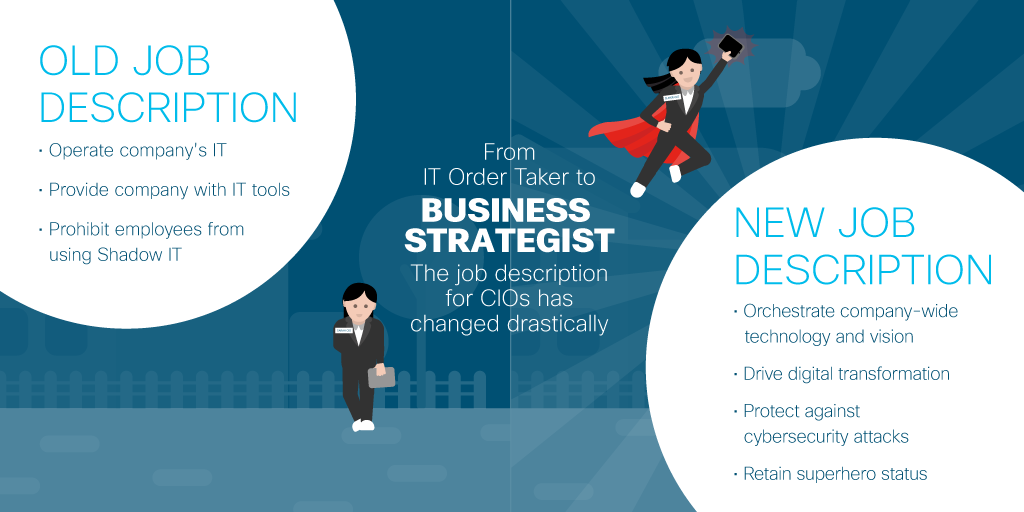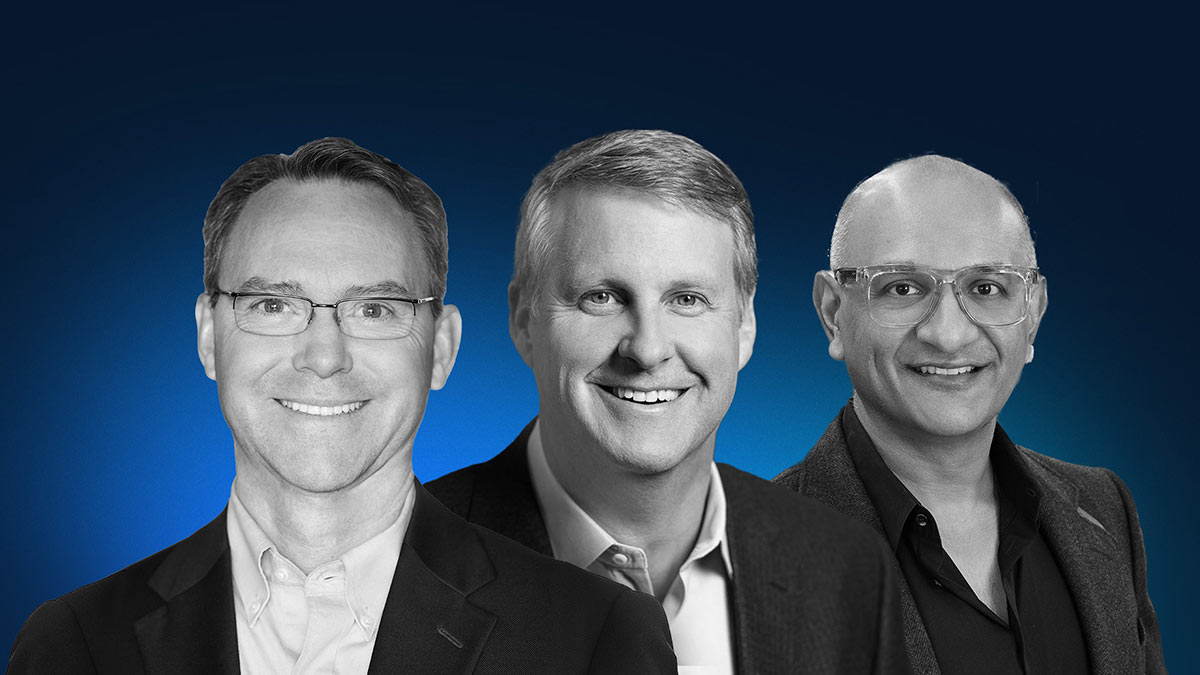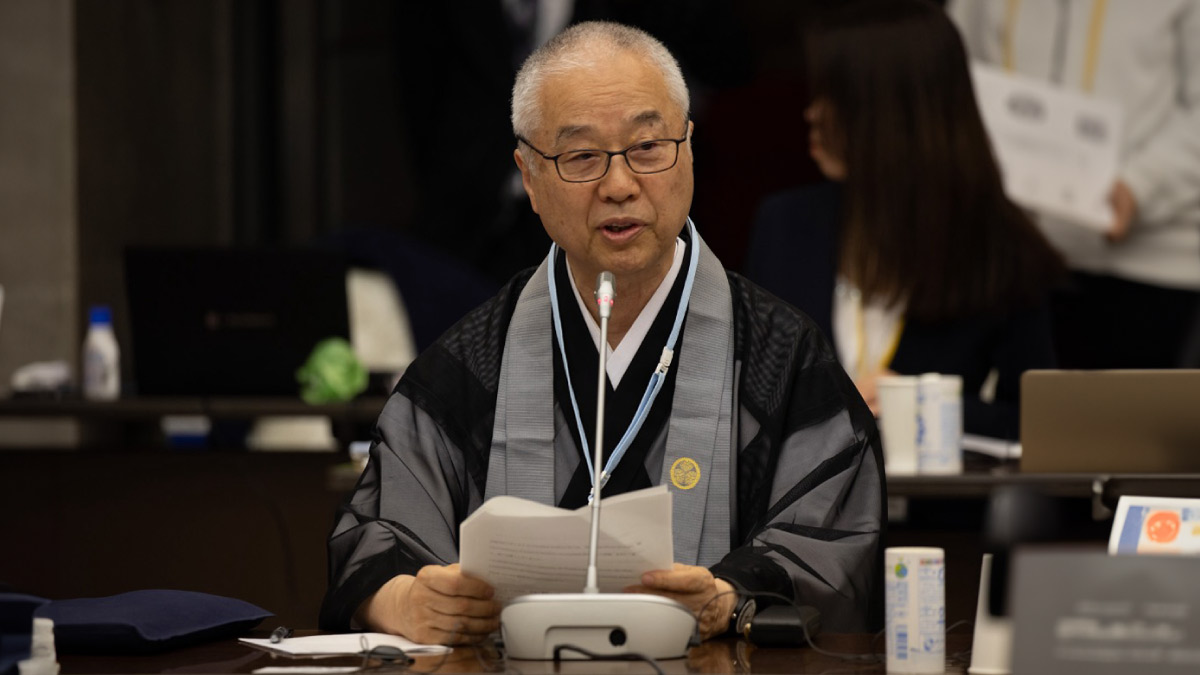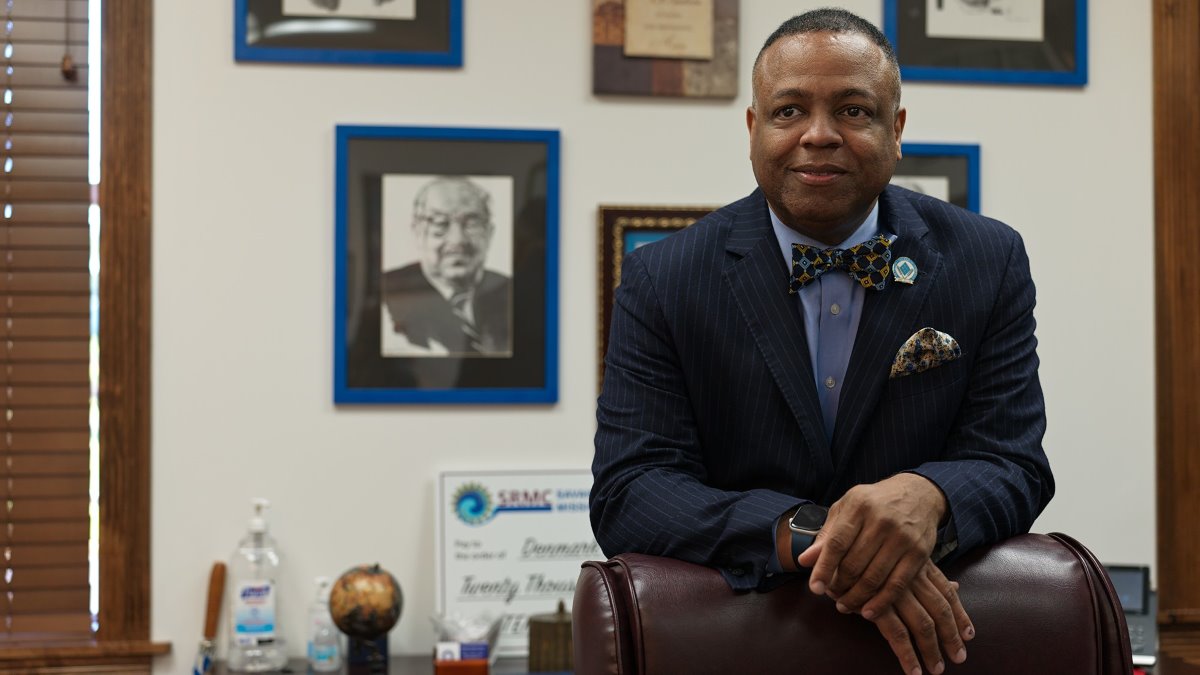IT research company Gartner holds its annual symposium in October, inviting thousands of Chief Information Officers (CIOs) and IT executives to join the current discussion of artificial intelligence, Internet of Things, cybersecurity, and more. When technology changes, businesses must change as well–Gartner says that a new digital society is emerging, and it’s crucial for CIOs to stay on top of this transformation in order to advance their business.
ContinuousNEXT is Gartner’s formula for success for IT companies who want to adapt with this constantly-changing technology. In this business approach, Gartner recommends five imperatives that CIOs must follow to navigate their companies through digital disruptions: Culture, privacy, augmented intelligence, digital product management and digital twins.
"The transition to digital is undeniable and accelerating, disrupting both government and business models. These new models redefine the way organizations create, deliver, and capture value. They are challenging the way CIOs operate, bringing new mindsets and new practices to IT," says Mike Harris, executive vice president and global head of Gartner research.

Cisco is already working closely to transform its business in all five categories. Let’s take a deeper look at two of these initiatives:
Culture
Gartner says that dynamic culture is a necessity when it comes to achieving ContinuousNEXT. “Culture hacking” is how you can change to an even better business—finding points in a culture and turning them into real change that sticks and has immediate results.
In the past few years, Cisco has been working on an initiative called the People Deal, an agreement between the company and its employees to connect everything, innovate everywhere, and benefit everyone. The People Deal works to create a “conscious culture” within the company that attracts and retain employees.
Connect Everything: Cisco aims to connect its employees with information and opportunities, and it asks its employees to connect with their peers and customers. This creates a culture of collaboration, with a focus on working as teams versus as individuals.
Innovate Everywhere: The company commits to an “open and agile” environment that encourages innovation and fresh thinking. Cisco has a handful of different internal and external programs that asks employees to explore new ideas, including the Innovate Everywhere Challenge, CHILL, and the Patentathon.
Benefit Everyone: The third piece of the People Deal includes benefitting everyone, or making a positive impact in the world. Whether that is through employee development or individual volunteering or contributions, Cisco and its employees work together to embody the company’s values. You can read about what Cisco is doing in the realm of homelessness and mental health here.
Digital twin
A digital twin is a way in which to monitor and manage something physical, like a wind turbine, through sensors and computer modeling. Think of it as a digital mockup where you can practice and train before doing it to the real thing. Gartner says that CIOs can even create a digital twin of their organization to virtually see how processes and people work in real-time. The intelligence that you would get from this digital twin organization can allow CIOs to model various scenarios.
Cisco works with Europe’s largest and busiest port, the Port of Rotterdam, to make it the smartest in the world. Rotterdam sees 130,000 vessels in and out of the port each year, and it processes 8 million containers and more than 468 million tons of cargo. In order to digitize Rotterdam, Cisco created a new Internet of Things ecosystem that understands all aspects of a vessel’s journey in and out of the port.
Cisco and IBM have also created a digital twin for the port, which allows workers to use the virtual representation to test, build, and monitor operations. This technology can help calculate how much cargo can be unloaded in certain areas, which then allows vessels to move faster. Sensors throughout the facility also gathers real-time information about temperature, wind speed, salinity of the water, and more.
In addition to being the smartest port in the world, Rotterdam also aims to be the first digital port by 2030. Read more about it here.###
We welcome the re-use, republication, and distribution of "The Network" content. Please credit us with the following information: Used with the permission of http://thenetwork.cisco.com/.




